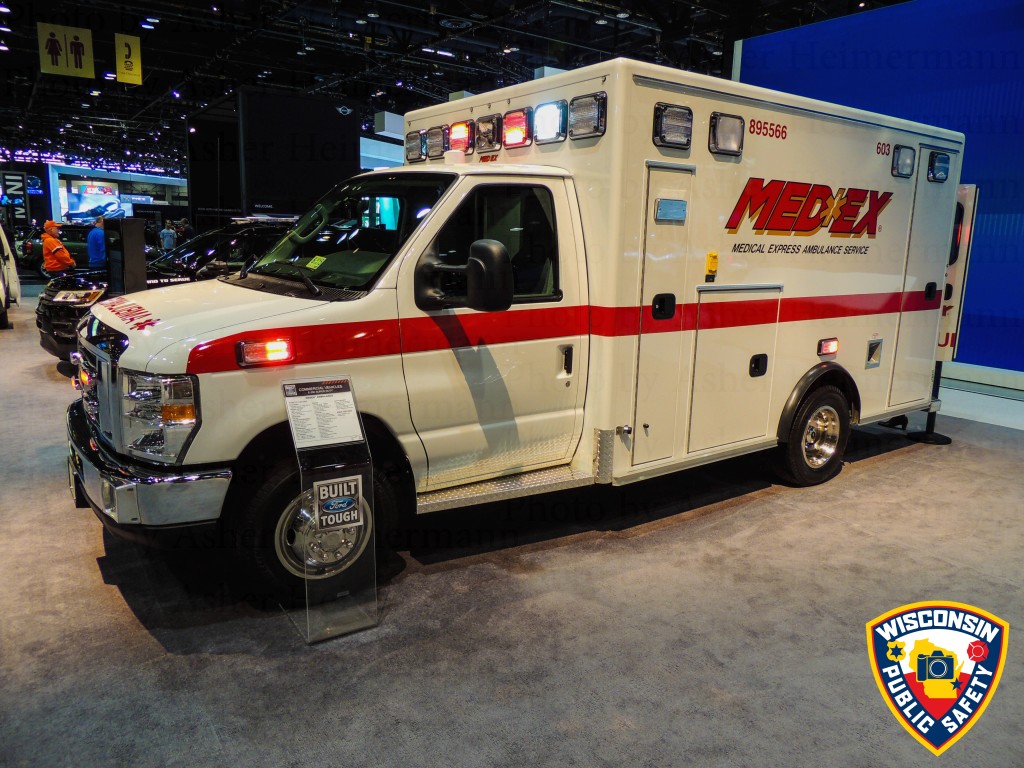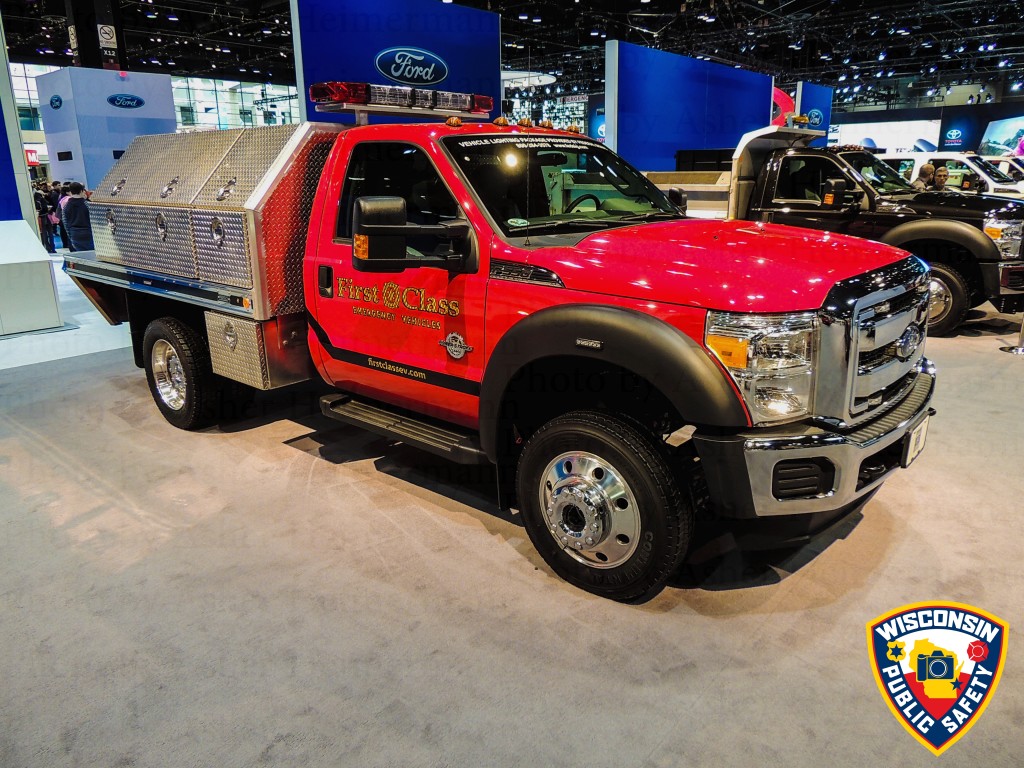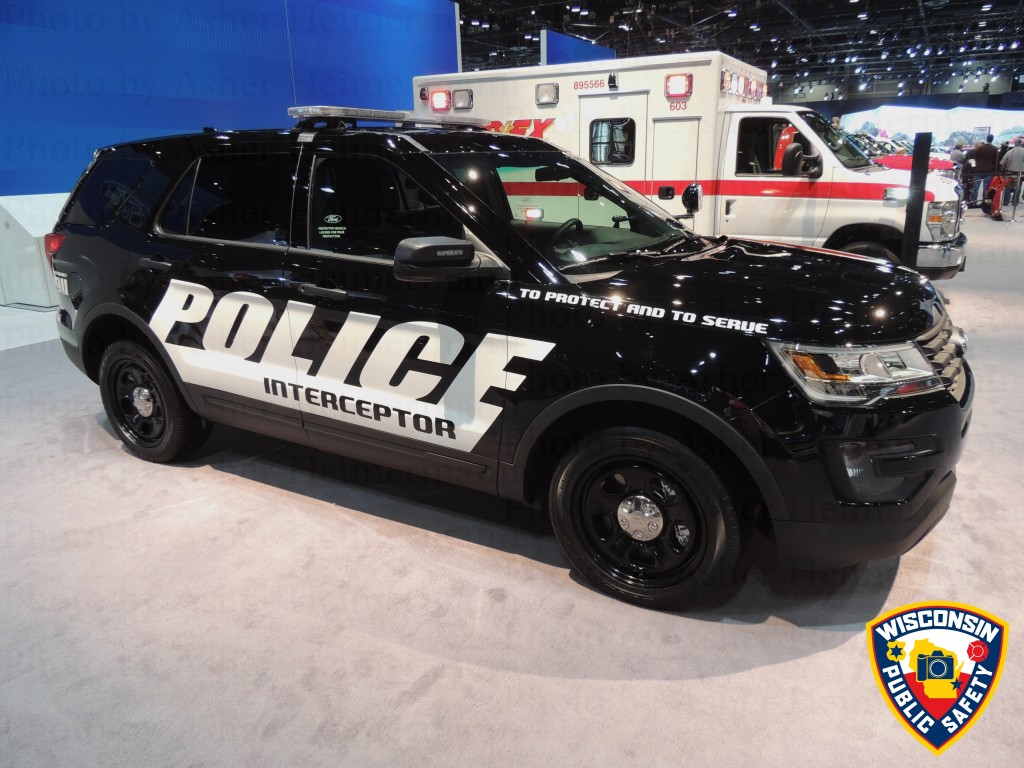This from Asher Heimermann:
Emergency response, special interest and public safety vehicles at the 2016 Chicago Auto Show.
CLICK HERE TO VIEW MORE PICTURES
Among the vehicles on display:
– Illinois State Police
– a 2016 Ford Police Interceptor
– a 2016 Police Pursuit Chevrolet Tahoe
– Itasca Police Subaru
– Itasca Fire District Subaru
– Illinois Tollway H.E.L.P.
– Northwestern Medicine
– Ann & Robert H. Lurie Children’s Hospital ambulance
– United States MarinesAsher Heimermann

Asher Heimermann photo
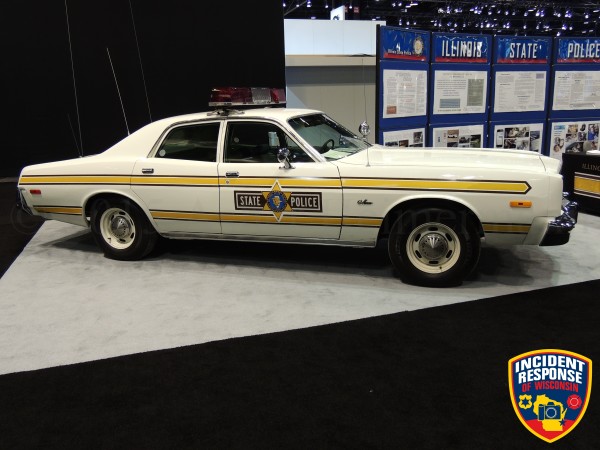
Asher Heimermann photo
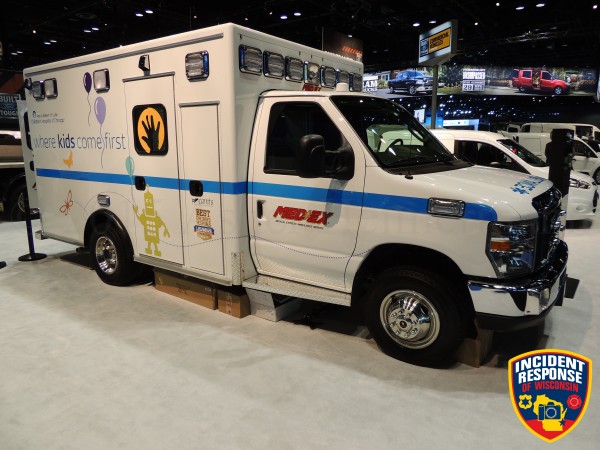
Asher Heimermann photo
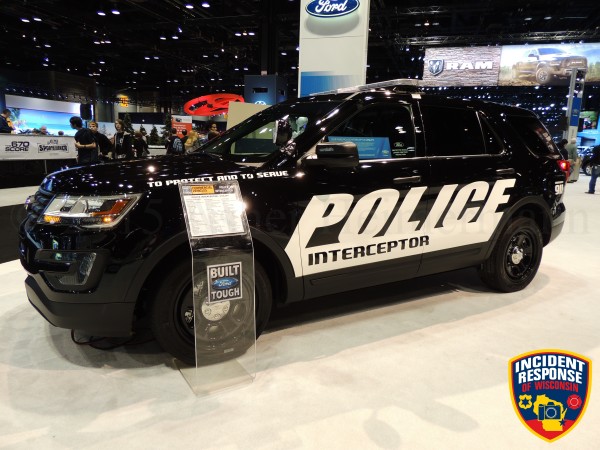
Asher Heimermann photo

Asher Heimermann photo

Asher Heimermann photo

Asher Heimermann photo
Previous Chicago to Show highlights are HERE, HERE, and HERE

